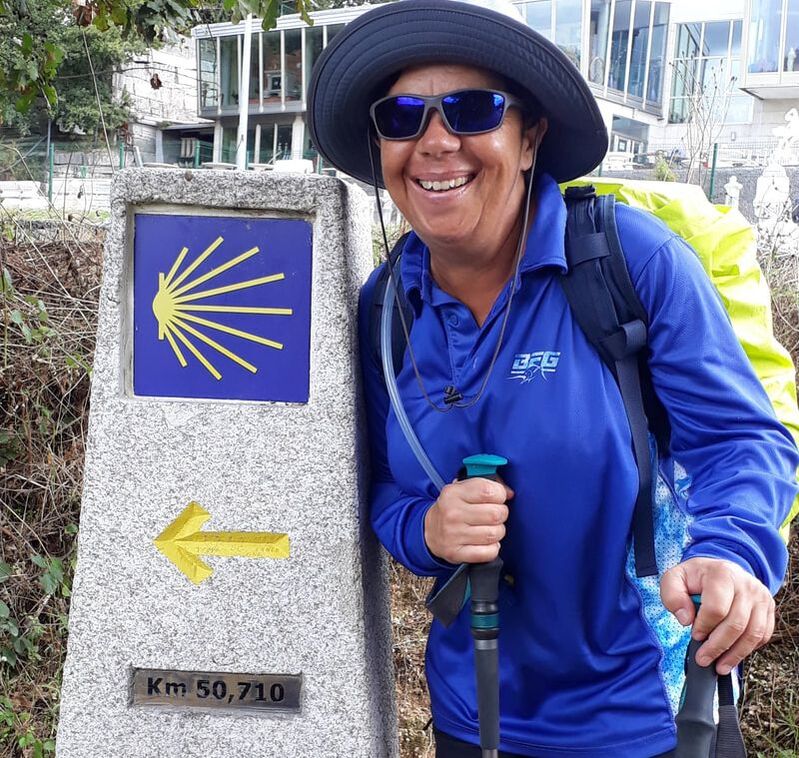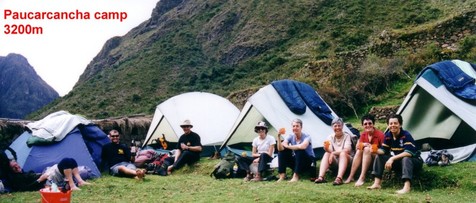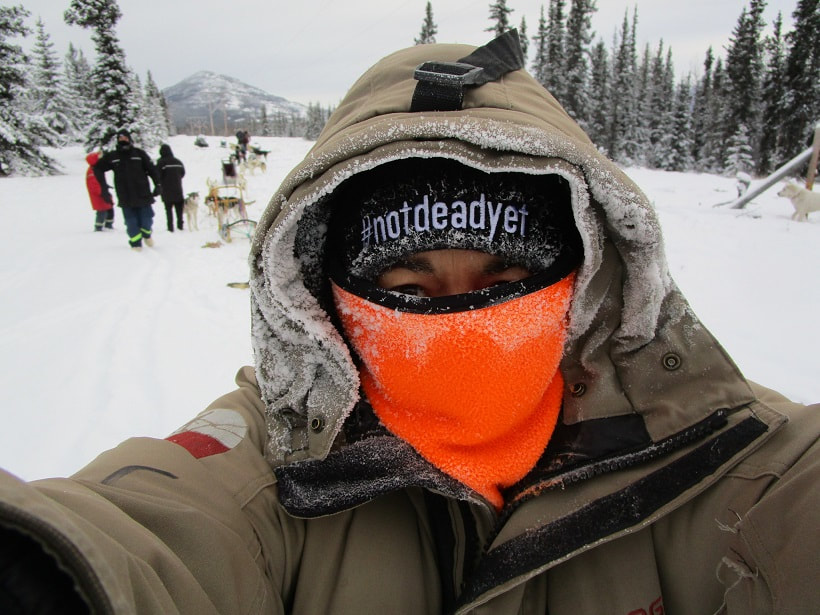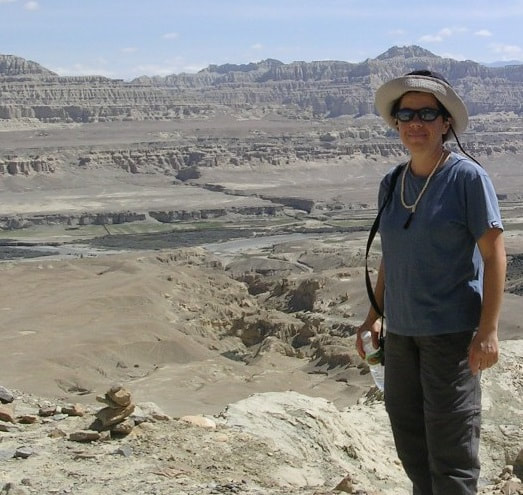|
It was meant to be a rest day. Instead, it turned out to be a hot, exhausting six-hour return trek which ended with hostilities and a demand for horses. We were halfway through our 60km trek across the Andes in Peru, starting from Cusco to the famed ruins of Machu Picchu. A couple of days earlier we’d painfully trudged over a 5200m pass and were now camped at 3200m. As we soaked our tired feet in buckets of warm water after a particularly long trek, we discussed options for our rest day. Our Peruvian guide Tony suggested a quick visit to a friend who owned a restaurant near the Inca Trail, promising delicious food and beverages at the other end. Well, there wasn’t much else to do in an isolated campsite halfway up a mountain. We should’ve stayed at camp We began our rest day trek in good humour the following day, but our “quick” 8km walk under a blazing sun at high altitude reduced us to a bunch of whimpering, whining tourists. Mutiny was brewing. Despite the welcome refreshments at the restaurant, we began the walk back to camp under a cloud of misgivings: We knew there were several challenging uphill sections ahead of us. We were tired, grumpy and a long, long way from camp. (Okay, 4km is not a long way when you’re at sea level, but less oxygen at 3200m slows you right down and affects your reasoning abilities). Despite our high altitude lethargy, one particularly angry trekker powered ahead and besieged our Peruvian guide. I’m afraid I can’t reprint her tirade, but essentially, her heavily edited verbal abuse ended with a demand for horses for the remainder of the return journey. “We’re not walking any further,” she insisted. We all agreed on that note. Our bewildered guide, cowered into submission, frantically rounded up several horses with a couple of guides. We clambered on board, exhausted, but relieved. Who’s driving this thing? As my horse trotted off, I realised there was no one actually leading it – it simply followed the other two horses ahead, choosing to staying perilously close to the edge of the track. I gasped as I looked over to my left, down the steep mountain ledge. One wrong hoof and we would surely tumble to our death. Er, perhaps this is a good time to hold onto the reins, I thought. I picked up the reins and, never having driven a horse before, tugged them gently towards the right. “Come on horsey, move away from that ledge…” Which it did; in fact, the horse veered all the way to the right, brushing up against the thorny bushes, oblivious to the branches which scraped across my face and legs. “Whoa.” I encouraged (read: I willed with my mind) the horse to move to the middle of the path, but it preferred to amble right on the edge of that track. I hesitated to kick my heels or make any sudden moves while on the horse - it was a narrow dirt path, with no overtaking lane. Can horses smell fear? Again, I pulled on the reins to move the horse away from the cliff edge. Again, it dragged me through the rough tangle of branches. I’m convinced that horse was just messing with me! We ambled along the path like this for the next hour, one moment teetering on the edge of the cliff on our left, the next moment I was attacked by twigs and thorns on our right. At last, we moved onto flat, open ground and came into view of our campsite where we collapsed, exhausted, in our tents. Rest day, indeed! A change of plans
May 2003: “China has closed all its borders,” the travel consultant advised. “They’re not letting anyone in or out of Tibet.” My heart sank. I’d been planning this trip for months. “Unfortunately, the trip’s been cancelled because of SARS. However,” the consultant chirped, “we can get you onto another trekking tour.” I declined the suggestions for Borneo and Papua New Guinea and was about to lose hope when I heard the words: Machu Picchu. I’d always wanted to go to Peru, I thought. “Book me in!” Despite my initial disappointment of having my Tibet trip cancelled just two weeks before our departure, I rushed out and bought a new Lonely Planet guide book for Peru. I also borrowed some Spanish language CDs for an over-optimistic crash course in the language. I was already prepared with trekking clothes, backpack, annual leave and vaccination shots, but was now heading to a different continent. Quarantine surveillance “Do you have a Yellow Fever certificate?” asked the Australian immigration officer after I landed back in Sydney. “Err… Yellow Fever?” I looked at my vaccination list: tetanus, diphtheria, Hepatitis A, Hepatitis B, typhoid, meningitis … “Come with me,” said the officer, leading me away from passport control. Oops. In my last minute change of travel plans from Tibet to Peru, I had overlooked one serious requirement. “But I wasn’t in the Amazon,” I protested. “We were above 3000m most of the time.” I was, however, permitted to enter Australia under quarantine surveillance as I didn't have a valid international yellow fever vaccination certificate after being in a declared yellow fever infected country in South America. “If you suffer from fever, chills, headache, backache, muscle pain, nausea, vomiting and exhaustion, see a doctor and take this form with you.” The quarantine form also strongly suggested that I do not travel to, or live in, north Queensland north of Rockhampton until my period of surveillance (six days) ended. That was easy to comply with, as I was living in Sydney at the time. My surveillance period ended without any manifestation of the abovementioned symptoms and I did not require any medical assistance. However, I’ve since been more diligent about ensuring that I’ve got all the relevant vaccinations whenever I travel overseas. You just don’t want to mess with these diseases, some of which can be fatal. Click here for more photos.
0 Comments
Your comment will be posted after it is approved.
Leave a Reply. |
 Portuguese Camino 2019 Portuguese Camino 2019
Travel blogs
New Zealand 2008 Tibet 2007 New Zealand 2006 Melbourne 2006 United Kingdom 2004 Athens Olympics 2004 Peru 2003 Beijing to Athens 1994 Nepal 1991 Categories
All
Archives
December 2019
|
|
I acknowledge the traditional Custodians of the land on which I work and live, the Gubbi Gubbi / Kabi Kabi and Joondoburri people, and recognise their continuing connection to land, the waters and sky. I pay my respect to them and their cultures; and to Elders past, present and emerging.
|
© 2024 HARI KOTROTSIOS
|



